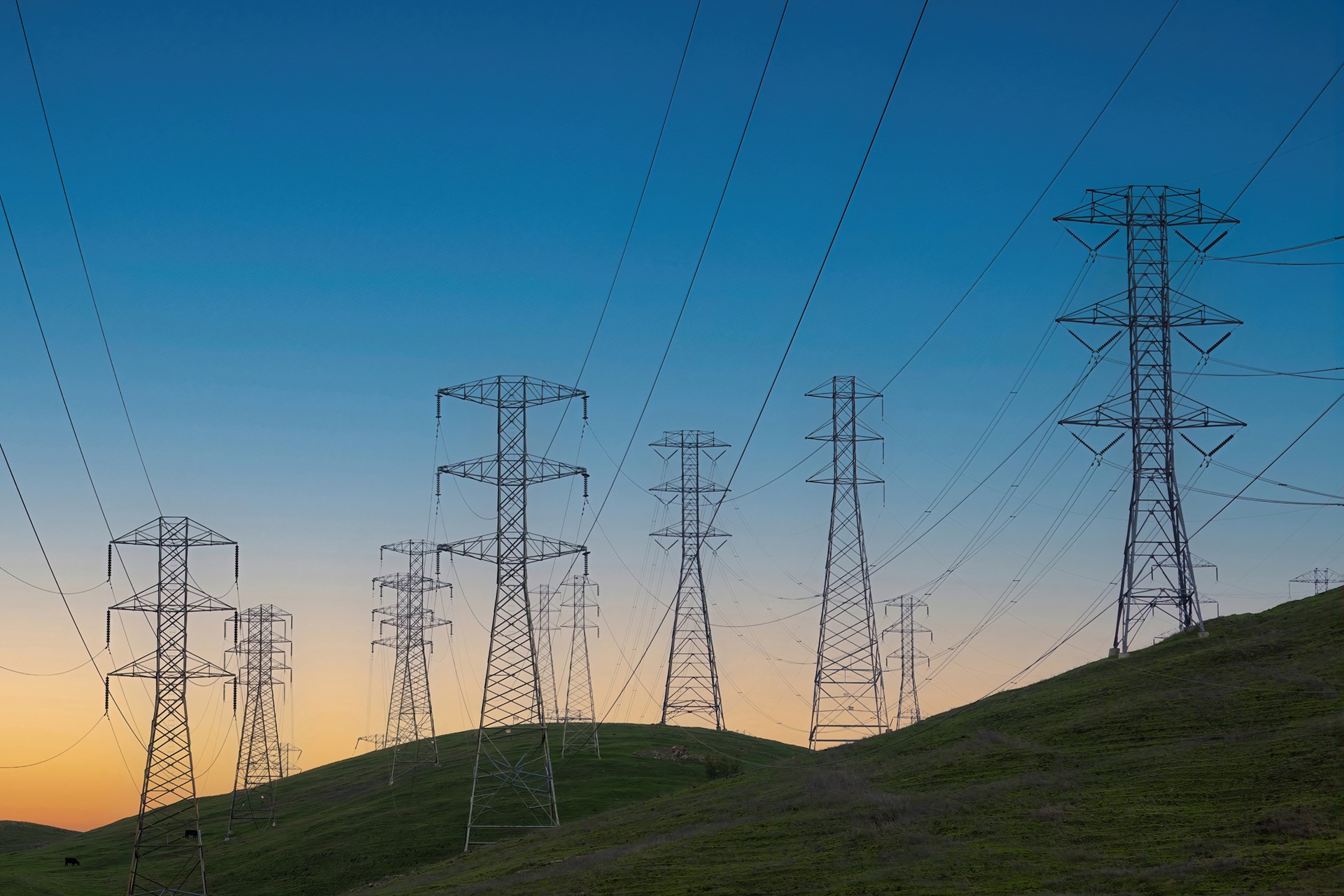A look at the UK’s ‘greenest ever’ month
02 August 2024

02 August 2024

The UK is shaping up for grid decarbonisation by 2030, with ambitious new plans from the Labour government focusing on bigger budgets for renewable energy auctions, rooftop solar revolutions, and a clear transition away from traditional fossil fuel. However, the UK’s ‘greenest ever’ month in terms of energy generation landed in April 2024 amid a series of general election campaigns.
According to a recent report from the National Grid Electricity System Operator (ESO), April 2024 was the UK’s ‘greenest ever’ month, with the electricity grid running on 92.2 per cent of zero carbon generation on 15 April 2024. This follows on from the UK’s electricity network generating a record high 21.8GW of wind energy on 21 December 20243, and record solar generation of 11GW on 20 April 2023.
Analysing the UK’s energy generation breakdown for 2023/24, renewables are taking up an increasing share of the mix. For the year 2023/4, gas maintained the highest share of the energy mix at 32 per cent, closely followed by wind with 29.4 per cent, nuclear with 14.2 per cent, biomass with 5 per cent, solar with 4.9 per cent, and lastly coal with 1 per cent.
This energy mix translated to a much lower level of carbon intensity. 15 April 2024 generated a record low level of carbon dioxide at just 19gCO2/kWh. Over time, the UK energy gird’s annual carbon intensity is declining, dropping from 529 gCO2/kWh in 2013 to 138gCo2/kWh in 2023. This level is set to decline further with the rollout of more renewable energy projects.
Analysis from Ember shows a similar pattern across the EU. In the first six months of 2024, wind and solar reached an all time high, generating 30 per cent of the EU’s electricity, compared to just 27 per cent from fossil fuels, representing a decline of 17 per cent.
The decline of coal alongside a solar and wind energy boom is primarily responsible for this. Over this period, coal has seen the sharpest decline of almost a quarter, 24 per cent, and gas fell by 14 per cent. As a multitude of EU member states rollout renewable energy acceleration policies and schemes, the share of clean energy powering the EU is likely to increase further year-on-year as fossil fuel reliance continues on a downward trend.
The UK has long had a reputation as wind energy leaders, so it’s no surprise to see wind contributing 29.4 per cent of the energy mix 2023/24. What’s interesting to see is the proportion of energy taken by lesser-known clean energy sources, particularly biomass which generated more energy than popular and widely known solar power.
There’s an opportunity here for the UK to advance research and development across a range of renewable energy solutions. This could help secure the UK’s clean energy supply by providing us with a base of clean power sources to tap into over the course of a year. A reliable and secure renewable energy grid is one powered by a multitude of green technologies, including biomass, tidal and hydropower, geothermal, and the more commonly used and accessible wind and solar power.
Thalia Czarkowska, Green Technologies Consultant


Read our series of blogs to help you reduce energy in your business.
Share